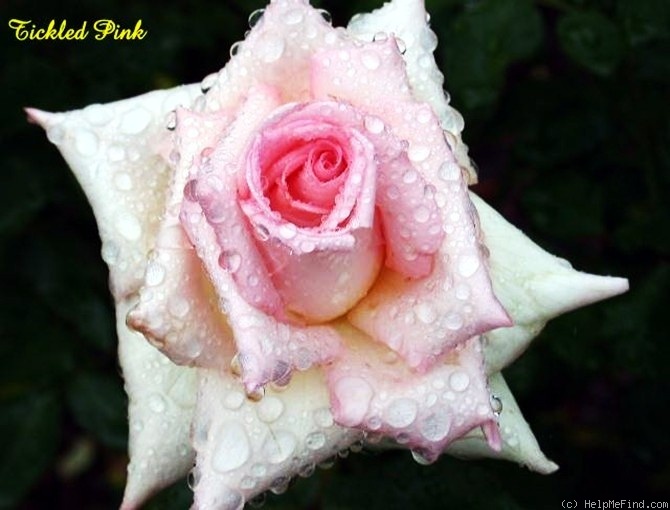|
|
'SUNtic' rose Description

Photo courtesy of rosechic
Bloom:
Light pink. Mild to strong, old rose fragrance. 26 to 42 petals. Average diameter 5". Very large, full (26-40 petals), borne mostly solitary bloom form. Blooms in flushes throughout the season. Large, pointed buds.
Habit:
Few or no prickles/thorns, upright. Large, glossy, medium green foliage.
Height: 42" to 4' (105 to 120cm). Width: 18" to 22" (45 to 55cm).
Growing:
USDA zone 7b and warmer. Disease susceptibility: susceptible to rust . Spring Pruning: Remove old canes and dead or diseased wood and cut back canes that cross. In warmer climates, cut back the remaining canes by about one-third. In colder areas, you'll probably find you'll have to prune a little more than that. Requires spring freeze protection (see glossary - Spring freeze protection) .
Patents:
Australia - Application No: 1994/202 on 1994 VIEW PBR PATENT United States - Patent No: PP 11,400 on 6 Jun 2000 VIEW USPTO PATENTApplication No: 859583 on 20 May 1997 Inventor: Frank Schuurman (Auckland, NZ). Assignee: DeVor Nurseries, Inc. (Watsonville, CA). A hybrid tea rose variety producing pink flowers... Parentage: 'Jacaranda' x 'Gold Medal'...
Notes:
Carlton Rose Nursery says this rose is medium pink with a slight yellow base and very pointed petals...
Tickled Pink was removed from the Auckland Regional Botanic Gardens (ARBG) Display Trial because it is susceptible to rust.
|